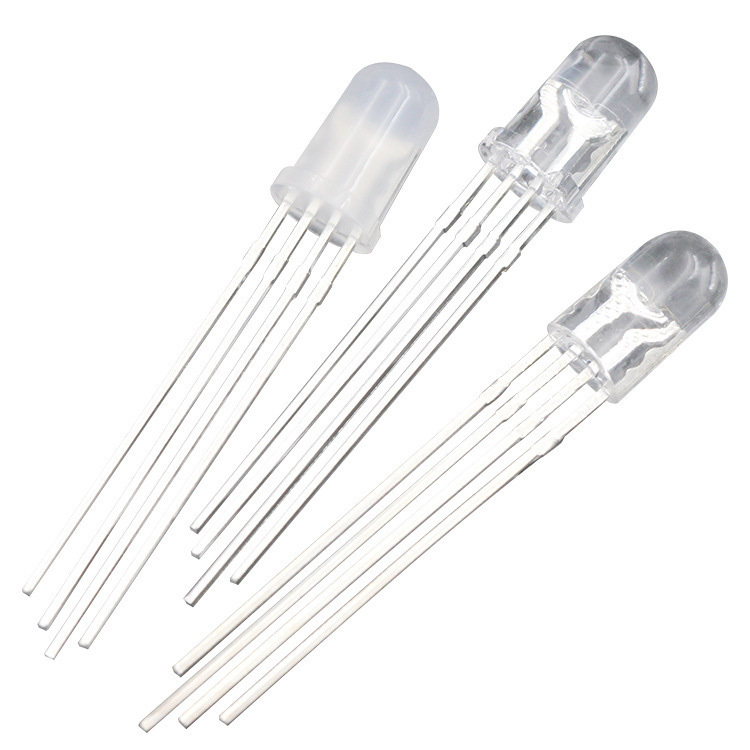Understanding F10 Large Traffic Light-Emitting Diodes: A Guide for Professionals
Release time:
2025-05-08 13:00
Source:
Traffic light-emitting diodes (LEDs) have revolutionized the way we approach illumination and signaling in various applications. Among these, the F10 large traffic light-emitting diodes stand out due to their specific design and functionality. These LEDs are typically utilized in traffic lights and other signaling devices, which require high visibility and durability.

One key characteristic of F10 large traffic light-emitting diodes is their size and brightness. The "F10" designation indicates a particular form factor, which is larger than standard LEDs, allowing for better light dispersion and visibility from a distance. This is crucial in traffic management, where signals must be clearly seen by drivers and pedestrians alike, even in bright sunlight or adverse weather conditions.
F10 large traffic light-emitting diodes are engineered to provide significant advantages over traditional incandescent or halogen lights. First and foremost, they offer enhanced energy efficiency. LEDs consume significantly less power compared to their incandescent counterparts, making them a more sustainable choice for municipal and transportation agencies. This energy efficiency translates to reduced operating costs, which is particularly beneficial for large-scale implementations such as citywide traffic light systems.
Another advantage is the longevity of F10 large traffic light-emitting diodes. These LEDs can last up to 50,000 hours or more, which means less frequent replacement and maintenance. This durability is vital for traffic lights, as they are often located in hard-to-reach areas and require significant resources to service.
Furthermore, F10 large traffic light-emitting diodes are designed to withstand harsh environmental conditions. They are typically housed in robust, weather-resistant casings that protect them from rain, snow, and extreme temperatures. This reliability ensures that traffic signals remain operational in all conditions, thereby enhancing road safety.
In terms of color and visibility, these LEDs can produce bright, vivid colors that are essential for effective communication on the road. Red, green, and yellow signals can be clearly distinguished, reducing the chances of misinterpretation by drivers. The uniform light distribution offered by F10 large traffic light-emitting diodes helps maintain consistency in visibility, crucial for traffic safety.
Finally, the integration of F10 large traffic light-emitting diodes into modern traffic management systems supports the growing trend of smart city technologies. These LEDs can be easily connected to monitoring systems, enabling real-time data collection and analysis. This capability can lead to more efficient traffic flow and improved urban mobility.
F10 large traffic light-emitting diodes represent a significant advancement in traffic signaling technology. With their energy efficiency, durability, and superior visibility, they provide essential benefits for both urban planners and commuters alike. Understanding the features and advantages of these LEDs can help professionals in the electronics industry make informed decisions regarding their applications in traffic control systems.
F10 large traffic light-emitting diodes
Other Content









